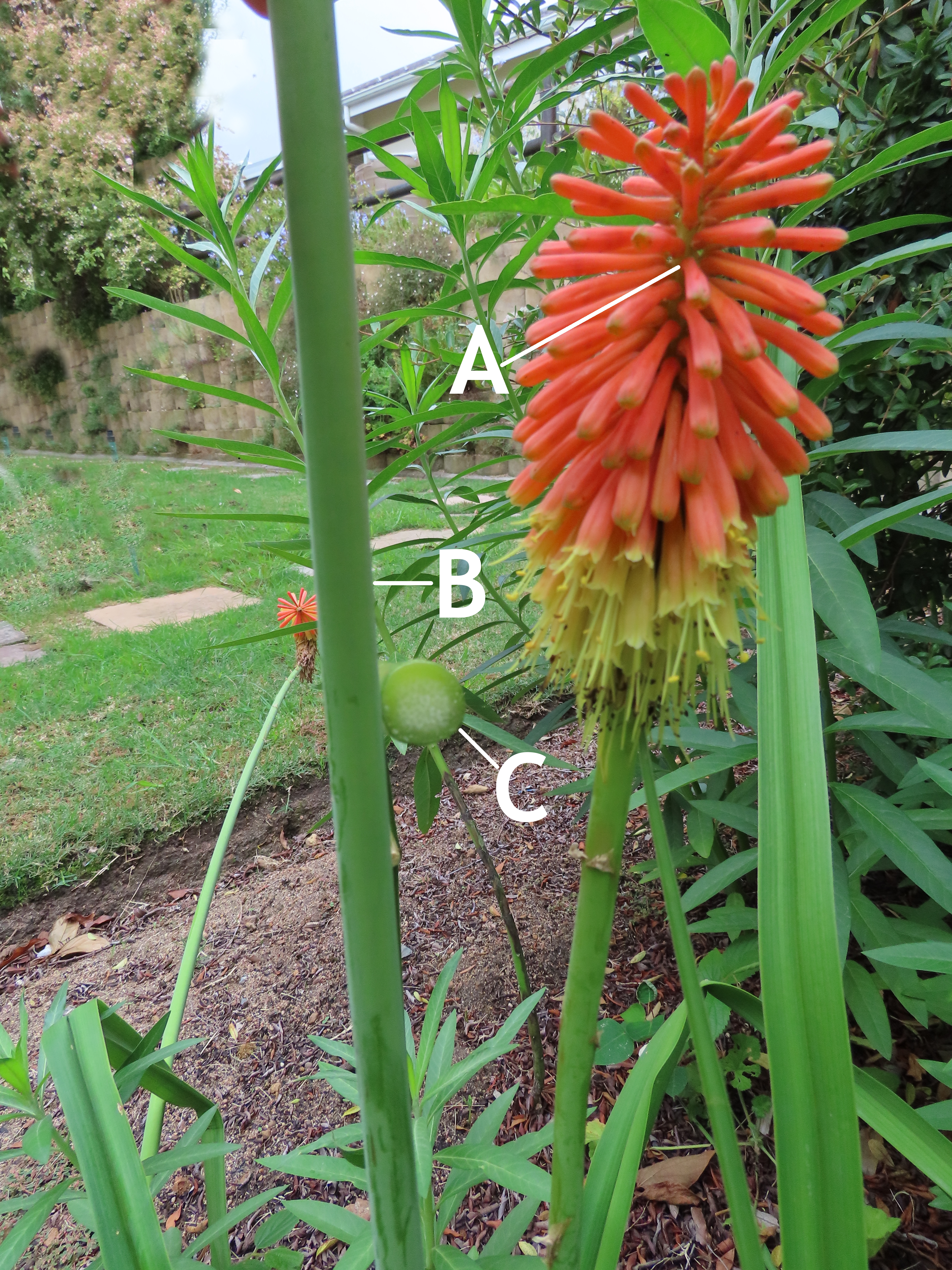Terete on:
[Wikipedia]
[Google]
[Amazon]
 Terete is a term in
Terete is a term in
/ref> That is usually contrasted with cross-sections that are flattened, with a distinct upper surface that is different from the lower surface. The cross-section of a branch in a tree is somewhat round, so the branch is terete. The cross section of a normal leaf has an upper surface, and a lower surface, so the leaf is not terete. However, the fleshy leaves of succulents are sometimes terete. Fruticose lichens are terete, with a roughly circular cross section and a single wrap-around skin-like surface called the
 Terete is a term in
Terete is a term in botany
Botany, also called plant science, is the branch of natural science and biology studying plants, especially Plant anatomy, their anatomy, Plant taxonomy, taxonomy, and Plant ecology, ecology. A botanist or plant scientist is a scientist who s ...
used to describe a cross section that is circular, or like a distorted circle, with a single surface wrapping around it.Lichen Vocabulary, Lichens of North America Information, Sylvia and Stephen Sharnoff/ref> That is usually contrasted with cross-sections that are flattened, with a distinct upper surface that is different from the lower surface. The cross-section of a branch in a tree is somewhat round, so the branch is terete. The cross section of a normal leaf has an upper surface, and a lower surface, so the leaf is not terete. However, the fleshy leaves of succulents are sometimes terete. Fruticose lichens are terete, with a roughly circular cross section and a single wrap-around skin-like surface called the
cortex
Cortex or cortical may refer to:
Biology
* Cortex (anatomy), the outermost layer of an organ
** Cerebral cortex, the outer layer of the vertebrate cerebrum, part of which is the ''forebrain''
*** Motor cortex, the regions of the cerebral cortex i ...
, compared to foliose lichen
A foliose lichen is a lichen with flat, leaf-like , which are generally not firmly bonded to the substrate on which it grows. It is one of the three most common growth forms of lichens. It typically has distinct upper and lower surfaces, each o ...
s and crustose lichens, which have a flattened cross section with an upper surface that is distinct from the lower surface.
Plants and lichens may also be described as subterete, meaning that they are not completely terete.
References
Plant morphology {{plant-morphology-stub